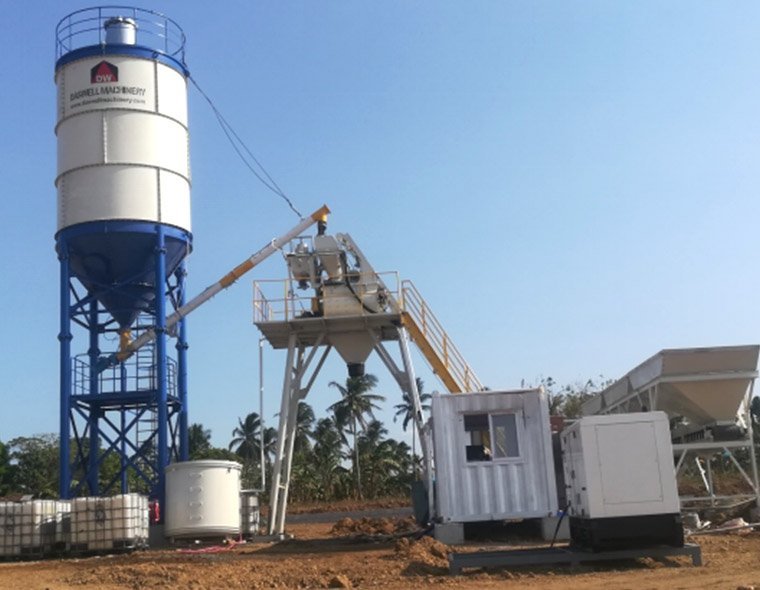Intelligent Transformation of the Construction Industry: Concrete Mixing Stations Moving towards an Era of Unmanned Production
Release Time:
2025-07-10
Source:
With the deep integration of technologies such as the Internet of Things and artificial intelligence with traditional industries, the construction industry is accelerating its transformation towards intelligence. In many construction sites across various regions, the concept of unmanned operation of concrete mixing stations has transitioned from theory to practice, becoming a new engine for improving efficiency and enhancing quality in the industry.
At a construction site for a national transportation hub project, a fully automated concrete mixing system is operating 24 hours a day continuously. Operators can remotely monitor the entire process from sand and stone weighing, cement feeding to finished product discharge through the intelligent screens in the central control room. "Previously, it required 8 workers to operate in shifts, but now only 2 people need to be on duty for monitoring, and the production capacity has increased by 40%," the project manager explained. The unmanned concrete mixing stations achieve standardized production through preset parameters, with the error in each batch of concrete mix ratio controlled within 1%, significantly improving the stability compared to manual operation.
Industry experts point out that the core competitiveness of unmanned concrete mixing stations lies in three breakthroughs: First, it breaks through the limitation of human resources, as automated equipment can operate around the clock, avoiding machine downtime caused by human errors; second, it breaks through the bottleneck of quality fluctuations, with the closed-loop control system constructed by sensors and AI algorithms ensuring uniform indicators such as concrete strength and durability; third, it breaks through the difficulty in safety management, reducing the number of on-site personnel by 70% and significantly reducing risks such as high-altitude work and mechanical injuries.
From a technical perspective, the IoT platform collects real-time data on equipment operation, and the AI system automatically optimizes production schedules based on construction progress. Big data analysis provides precise predictions for raw material inventory management. This "digital brain" model has been applied in major projects such as the development of the Beijing-Tianjin-Hebei region and the integration of the Yangtze River Delta. According to the prediction of the China Construction Machinery Industry Association, by 2025, the penetration rate of unmanned concrete mixing stations in large-scale projects in China will exceed 60%. With the advancement of smart city construction, their application space in community renovation and underground pipe galleries and other scenarios will further expand.
"Green and low-carbon are also important driving forces for the transformation to unmanned operations," said the technical director of a building materials group. Intelligent equipment can precisely control energy consumption, and in combination with new energy power systems, energy consumption is reduced by 15% to 20% compared to traditional concrete mixing stations. As the "dual carbon" goal progresses, unmanned and intelligent operations are becoming a necessary question for the high-quality development of the concrete industry.

Next Page
Next Page
Related Information
